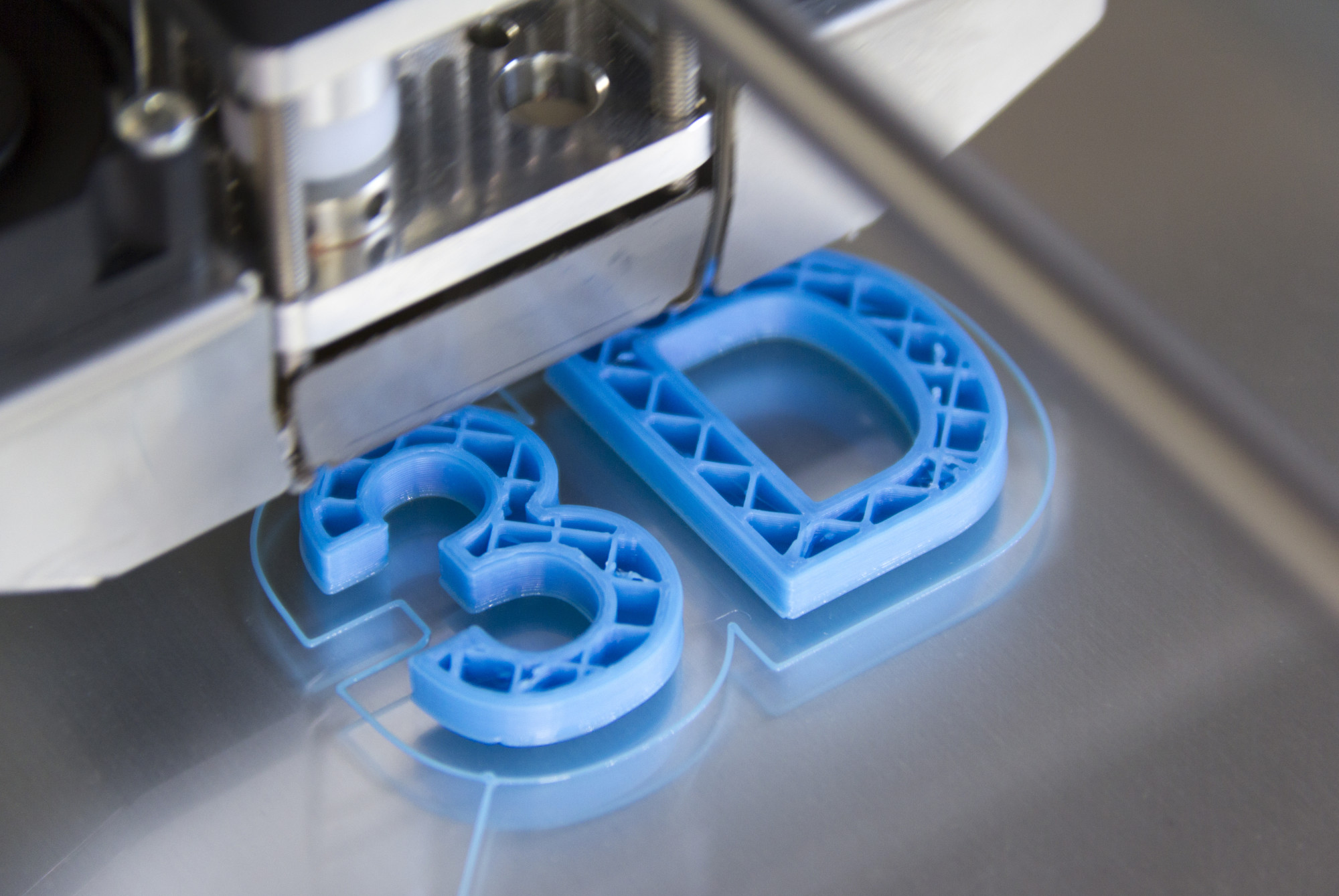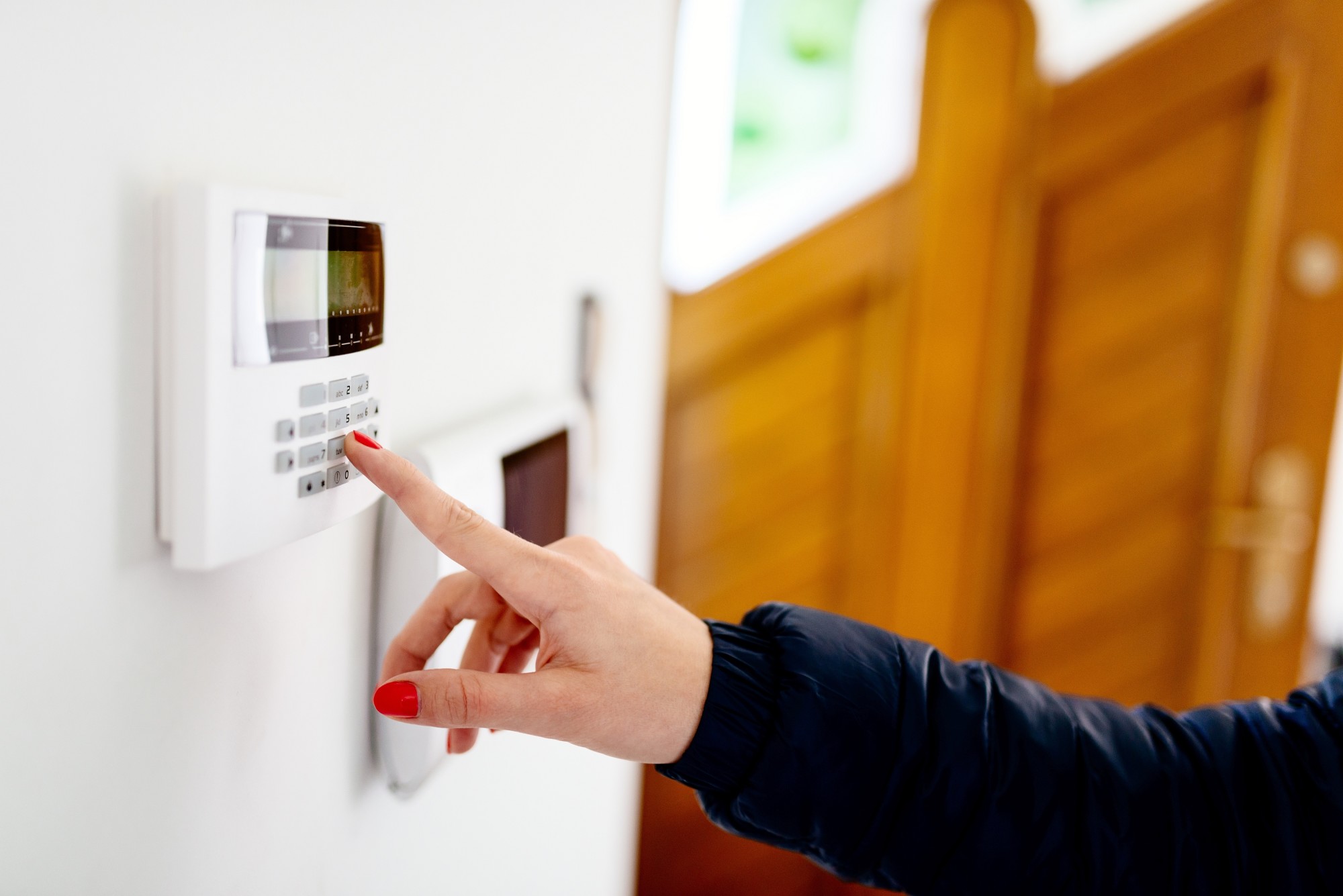How Does 3D Scanning Really Work? This is What You Should Know

3D scanning took the world by storm ever since its introduction in the 1960s. Its resurgence over the past decade has sparked lots of conversations surrounding this age-old technology. 3D printing, which complements 3D scanning, may be the reason for this sudden resurgence.
Since 3D scanning is an old technology, there have been many improvements to the first 3D scanners. The 3D scanning of 1960 is way different from the technology we have today. Today, 3D scanners are more accurate, compact, and less expensive than the older iterations.
3D scanning has broad applications in many fields. For instance, in education, medicine, and engineering, just to name a few. Nowadays, it’s common to find a 3D scanner in hospitals, lecture rooms, and even hospitals.
If it baffles you how a 3D scanner works, then we’re here to help you out. In this article, we’ll explain comprehensively but simply how 3D scanners work. It will be a simple explainer that covers the most fundamental aspects of 3D scanning technology.
What is 3D Scanning?
3D scanning is the process of creating a digital rendering of an actual three-dimensional object from the physical world. You can then store this digital render in your computer and manipulate it or send digital copies of the object to the concerned parties.
The digital render is known as a 3D model. You need particular software to show, analyze, or manipulate 3D models. This model is excellent if you’re working on a 3D project. The model can be your reference or base model for your 3D project.
Nowadays, tons of devices can 3D scan; the type of device used depends on its application. All the devices achieve their intended purpose of creating a digital 3D version of a physical object. However, that doesn’t mean that you can blindly choose the 3D scanning device you require.
The 3D scanning device you get should match its intended purpose, or you won’t get the results you expect. Now let’s move to how 3D scanning works
How Does 3D Scanning Work?
There are a couple of methods to scan objects into 3D models. Each method works just as well as the other; your choice depends on the objective of who’s doing the scanning. That said, let’s look at how these 3D scanners work.
The Laser Scanner
This is the most popular type of 3D scanners because it works like a charm. As the name suggests, the scanner uses laser technology to scan physical objects.
Laser scanning requires two sets of information to work, data from the laser shining on the object, and data from a sensor. The scanner combines these data sets to create something known as a point cloud on the object.
The sensor is usually a camera that rotates around the object. The computer software requires the distance of the camera from the laser point. From these values, the software can create model points.
Next is the more interesting bit where the software builds 3D geometry. The software analyses points on the images the camera captures where the laser shines on. That point is usually the brightest point in the camera’s images.
For a 3D model, the software needs thousands of individual points. This scanner captures all the details within its field of view. These details include color, texture, continuity, and the surface. Ultimately, you get an accurate rendition of the object you scanned.
Laser scanners are great for getting measurements and details of geometrical objects of whatever complexity. That makes it easy to get measurements of distances on objects that would be impossible using traditional techniques.
Stereo Vision
Stereo vision only needs a camera and is thus pretty cost-effective. However, the 3D models created by photogrammetry tend to be lower in quality compared to lasers. Two cameras in different positions create the 3D model.
It’s just like our regular stereo vision; how human beings perceive objects. You just get the same object from different angles. The resulting images go through some correction to remove any lens distortion.
The software matches pixels between the two images and then creates a 3D digital version of the object. The technology works but could be problematic when the images, for example, have different contrasts or lighting. That’s why the 3D models aren’t so high quality.
Photogrammetry
Photogrammetry is somewhat similar to stereo vision. The only difference is that photogrammetry utilizes more cameras and more positions. The many cameras allow photogrammetry scanning to be pretty accurate and creates an excellent 3D rendition.
Most often, photogrammetry involves multiple cameras surrounding the object. These cameras have very precise calibration to get the precise surface details of the object.
Photogrammetry simply entails turning dozens of photographs into a 3D model. The result won’t be too accurate, but you’ll get adequate results that are sufficient for various purposes.
Structured Light Method
Just like photogrammetry, this method uses cameras. However, in structured lighting, one of the cameras in the camera rig is replaced with a projector.
The projector will illuminate the objects with different light patterns of varying intensities. As it does so, the cameras take multiple shots of the object.
The lighting patterns from the projector gives different perspectives of the object, while the camera captures the images. 3d scanning software combines all the photos to create an accurate 3D model of the object.
Hopefully, you now have a firm understanding of 3D scanning technology and how it works. However, this piece is the tip of the iceberg. 3D scanning has plenty of intricacies beyond most people’s scope of knowledge.
The internet is full of resources about 3D scanning, in case you want to learn more about 3D scanning. However, this article is sufficient for the curious individual.
3D Scanning Is the Future
It’s a surprise that such an old technology would be so resourceful decades later. Today, 3D scanning has broad applications in many sectors of the economy, health, and education too.
Laser scanners are readily available for consumers at fair prices. They are excellent for creating a base model for your 3D project. Go check them out on tech stores and get yourself one.
If you want more satisfying reads, then be sure to check out other articles.



